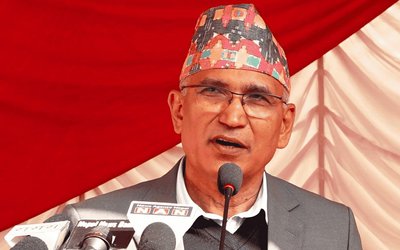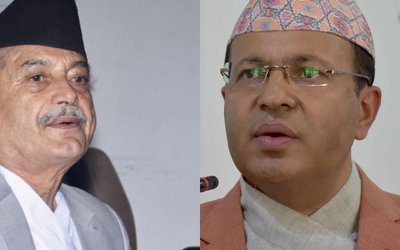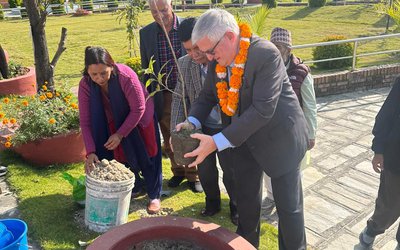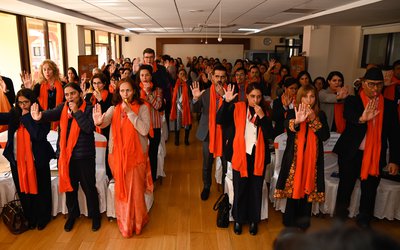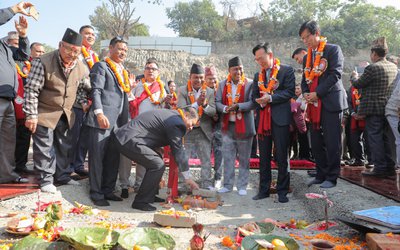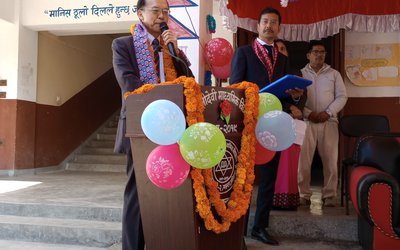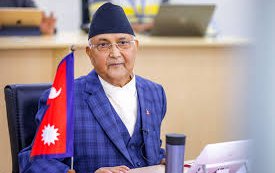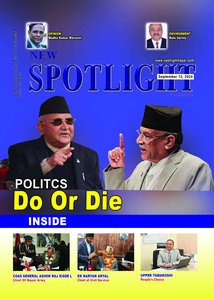
SAWTEE organized a program on Public Private Dialogue on Enhancing Export Competitiveness of Nepali Silver Jewellery in collaboration with GIZ and the Ministry of Commerce and Supplies (MoCS).
A Public Private Dialogue has been organized to identify and address export-related barriers facing the Nepali silver jewellery sector. The dialogue discussed various barriers prevalent in the sector and recommended a comprehensive action plan to address them.
The dialogue started with the welcome remarks and program highlights by Dr. Hiramani Ghimire, Executive Director, SAWTEE. He mentioned that despite rising demand in international markets and inclusion of silver jewellery in the Nepal Trade Integration Strategy (NTIS), it is unfortunate that Nepal’s export of silver jewellery has declined dramatically in recent years.
Dr. Peter Ritcher, Chief Technical Advisor, Trade Promotion Programme, GIZ informed the participants that GIZ has been involved in promoting value chains of selected products identified in the NTIS in coordination with the MoCS. According to him, GIZ has promoted these products at micro- meso- and macro-level ranging from promotion of products to capacity development of the MoCS.
Presenting the findings of the study prepared by SAWTEE, Purushottam Ojha, Former Secretary, MoCS revealed that supply side challenges as well as inadequate policy frameworksare responsible for poor performance of Nepal in export trade. He also highlighted the importance of overcoming non-tariff barriers to promote trade. Mentioning the dramatic decline in exports of silver jewellery in past three years, he remarked that improvement in the supply side; trade promotion and marketing; and quality enforcement are crucial for promoting Nepali silver jewellery abroad.
Chair of the session, Hari Bhakta Sharma, Senior Vice President, Confederation of Nepalese Industries (CNI) mentioned the need to improve the competitiveness of manufacturers of Nepali silver jewellery to promote its exports to India and China. He suggested the possibility of joint-venturing with Indian jewellery manufacturers to utilize their market reach. He also urged the private sector to formulate market strategies to target affluent international markets by capitalizing on uniqueness of Nepali jewelley.
Commenting on the findings of the study, Toya Narayan Gyawali, Joint Secretary, MoCS recommended the private sector to utilize favourable relations with important export markets in promoting our jewellery in those countries. For improving the competitiveness of the sector, Gyawali stressed on the need for modernizing technology being used in the sector while maintaining the authentic designs. He also mentioned that quality assurance and branding are crucial for promoting the sector. He also stressed the overarching commitment of the government of Nepal to promote the sector.
Representing the private sector, Mr. Swayambhu Ratna Tuladhar, Managing Director, Yak and Yeti Enterprises stressed on the need for improved support from the government in order to promote the sector. He pointed out that problem with acquiring Certificate of origin (COO) while exporting to India and China, lack of export incentives, and problem of inspection at customs aresome of the major hurdles for export promotion of silver jewellery. He also requested the government to stop the supply of silver jewellwey to international markets through unofficial channelsto keep checkon the quality of such exported products.
About 50 participants representing policy makers, private sector representatives, researchers and media came up with an action plan to improvethe sector. The action plan to be submitted to the Nepal Business Forum (NBF) focuses on improving policies to enhance the production and export of Nepali silver jewellery in international markets.
- PM Oli's Visit To China: Geopolitical Implications
- Nov 19, 2024
- NEA: Kul Man Ghising, A Cool Man
- Oct 28, 2024
- DASHAIN FESTIVAL : Festival of Unity
- Oct 04, 2024
- NEPAL-CANADA Bilateral Meeting
- Oct 04, 2024
- MIDDLE BHOTEKOSHI: Final Stage
- Sep 23, 2024


